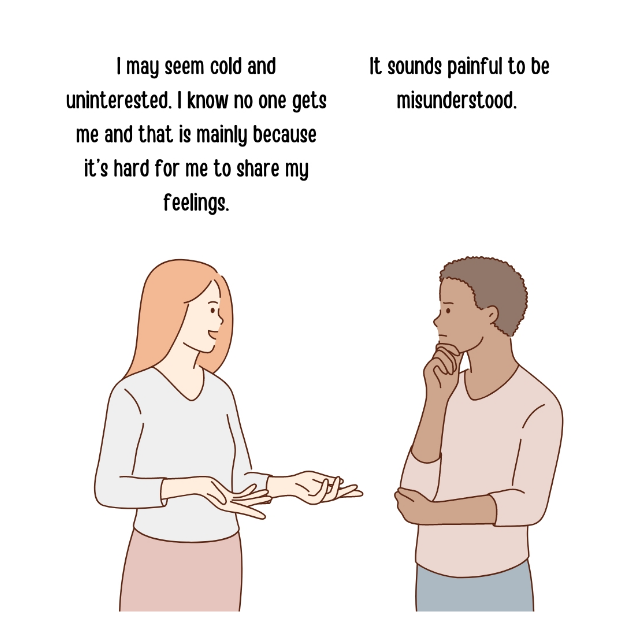Attachment styles play a significant role in shaping how individuals connect with others. Two common attachment styles are anxious and avoidant, each with its unique characteristics and challenges. One common complaint that arises between these styles is when an avoidant attached person perceives their anxious attached partner as “too intense.”
Let’s explore this issue with empathy for both attachment styles, shedding light on the underlying dynamics and offering insights for fostering understanding and growth.
Understanding Anxious Attachment: Anxious attachment stems from a fear of abandonment and a strong desire for closeness and reassurance. Individuals with an anxious attachment style often seek constant validation and proximity from their partners. They may feel anxious and insecure when their needs for attention and affection are not met promptly. This intensity can be overwhelming for their avoidant partners, who may perceive it as demanding or suffocating.
Empathy for Anxious Attachment: It’s crucial to recognize that anxious attached individuals are driven by a deep longing for connection and love. Their intensity is rooted in a fear of rejection and a desire to feel secure in their relationships. By understanding this underlying fear, avoidant partners can empathize with the anxious person’s need for reassurance and work towards creating a safe and supportive environment.
Understanding Avoidant Attachment: Avoidant attachment is characterized by a fear of intimacy and a tendency to maintain emotional distance. Individuals with an avoidant attachment style often value independence and self-reliance, finding it challenging to fully open up and trust others. They may perceive the anxious person’s need for closeness as overwhelming and may feel suffocated by the intensity.
Empathy for Avoidant Attachment: Avoidant attached individuals have likely developed their emotional self-sufficiency as a protective mechanism. They may have experienced past relationships where their needs were disregarded or where they felt engulfed by their partner’s demands. By understanding this fear of engulfment, anxious partners can empathize with the avoidant person’s need for space and independence, allowing them the freedom to navigate their emotional boundaries.
Finding Common Ground: To bridge the gap between anxious and avoidant attachment styles, it is essential for both partners to cultivate empathy and understanding for each other’s needs. Open and honest communication is key to navigating the intensity that arises from these contrasting styles. Both individuals can work together to establish healthy boundaries and find a balance between closeness and independence.
Building Secure Attachment: Healing and growth are possible for both anxious and avoidant individuals. By recognizing and addressing the underlying fears and insecurities, attachment styles can evolve towards a more secure base. This process often involves therapy, self-reflection, and a willingness to challenge old patterns and beliefs.
The gist of it is that understanding the dynamics between anxious and avoidant attachment styles is crucial for fostering healthy and fulfilling relationships. By empathizing with the needs and fears of both attachment styles, individuals can work towards finding common ground and building secure attachments. With patience, communication, and a commitment to personal growth, individuals can overcome the challenges posed by their attachment styles and create relationships that are nurturing, supportive, and balanced.






